While in Central Asia, we went to visit to the former Aral Sea, once the world's fourth largest lake, located between Uzbekistan and Kazakhstan. Due to decades of environmental mismanagement, it has shrunk to 10% of its original size of 50 years ago, resulting in a completely avoidable man made disaster that will serve as a case study for generations to come. The devastation happened largely due to over use of water for irrigation of cotton fields for the former Soviet Union. Cotton is an incredibly water intensive crop, and with the rise of fast fashion, it is ever more in demand. But I digress.
We drove for hundreds of kilometres through an arid Uzbekistan landscape with views of nothing but desolate scrub, tumble weeds, and cotton fields, before finally arriving at an endless desert expanse which was once the sea floor. Now rather than a body of water with thriving fishing communities along its shores, the only things left to see were a little museum describing the former region, and a small graveyard of rusted out fishing vessels long since beached on the dried up seabed, to serve as a reminder of what was lost. While the boats were in a picturesque state of decay, it was also a shocking sight to behold, and a reminder of our impact on this planet.

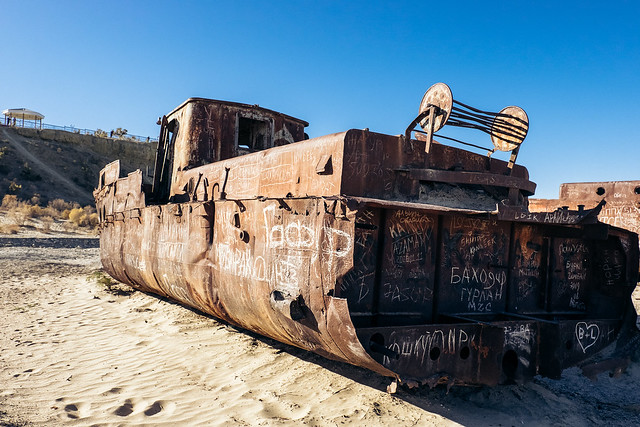
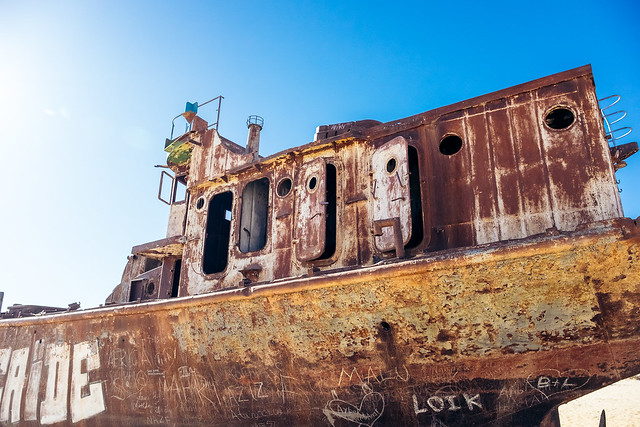
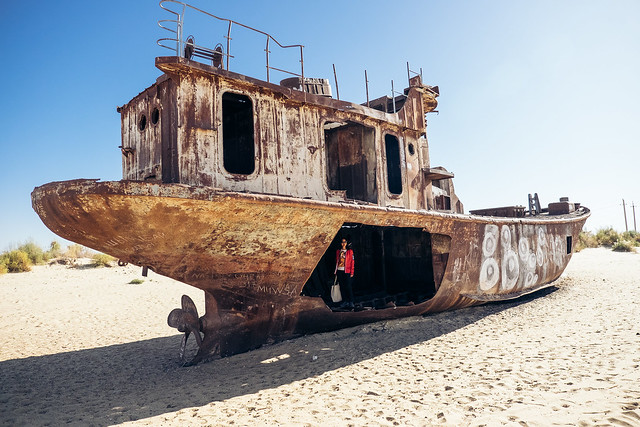
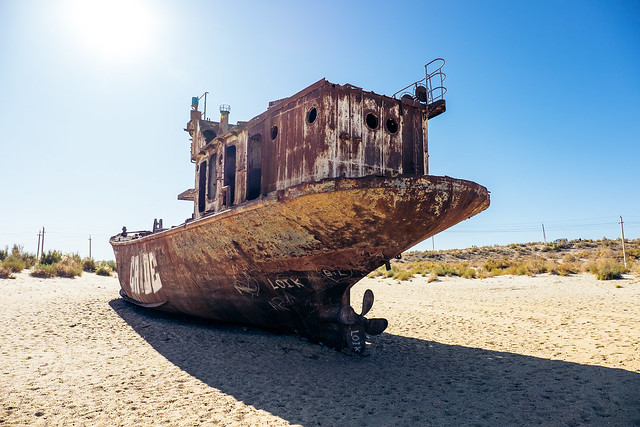
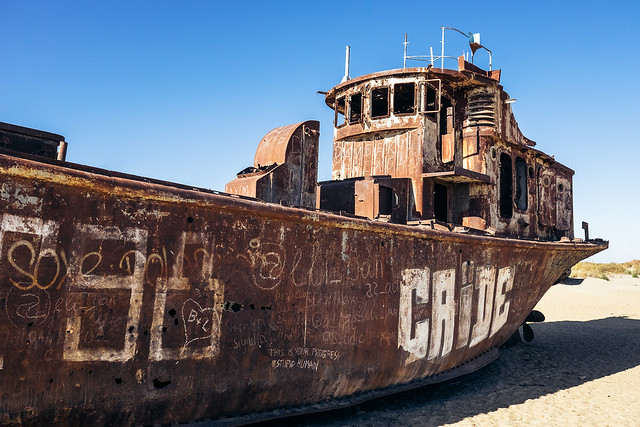

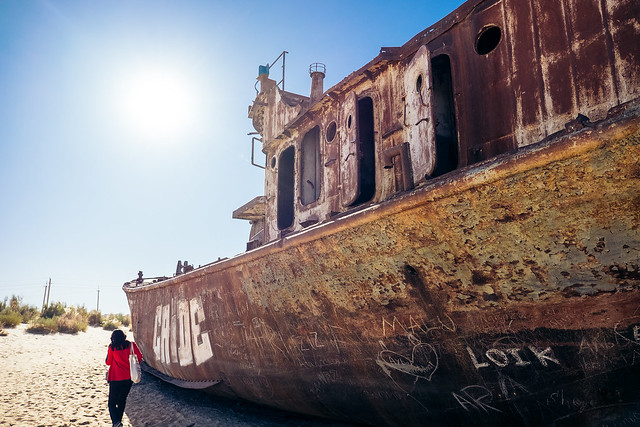
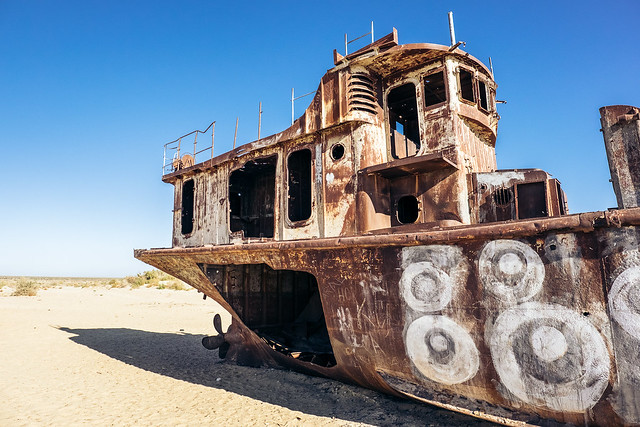


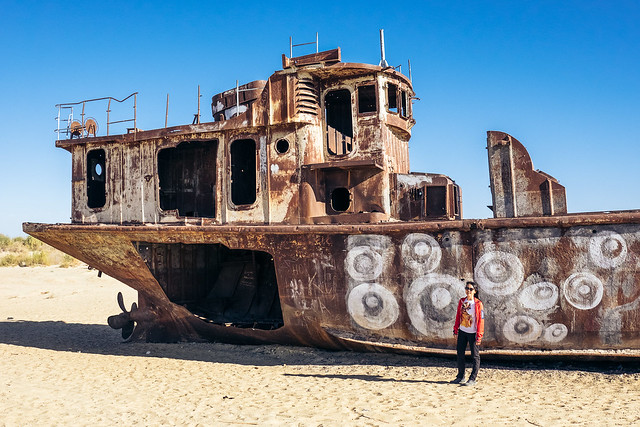



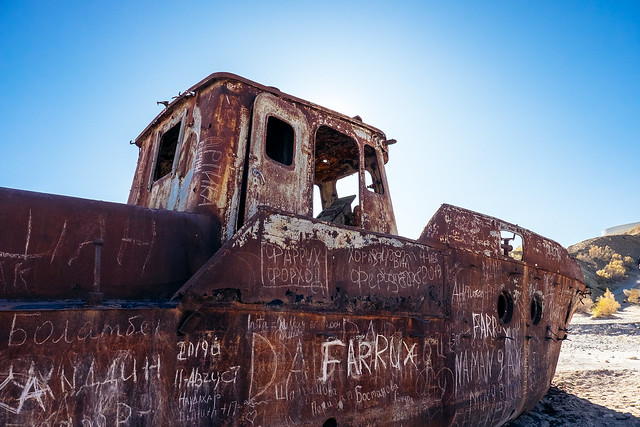
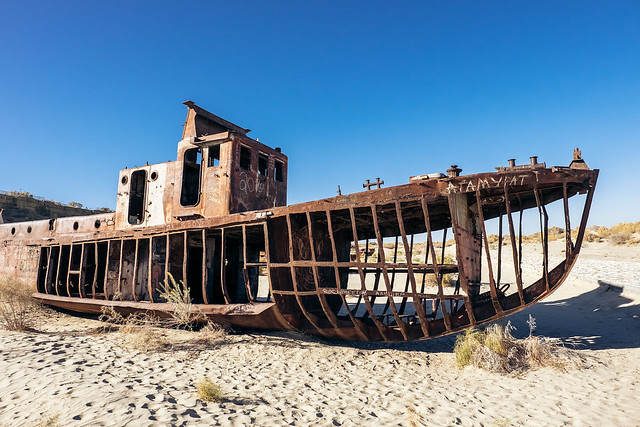

No comments:
Post a Comment